Equator
The equator is an imaginary line that circles the Earth, dividing it into the Northern Hemisphere and the Southern Hemisphere. It is located at 0 degrees latitude and is the longest line of latitude on the Earth's surface.
Key Facts about the Equator:
- The equator is approximately 24,901 miles (40,075 kilometers) long.
- It is the halfway point between the North Pole and the South Pole.
- The climate near the equator is typically hot and humid, with little temperature variation throughout the year.
- The equator experiences the most direct sunlight, resulting in a relatively constant day length throughout the year.
Study Tips:
When studying the equator, consider the following:
- Memorize the location of the equator on a map or globe.
- Understand the significance of the equator in dividing the Earth's hemispheres.
- Learn about the climate and weather patterns near the equator.
- Explore how the position of the equator affects day length and sunlight intensity.
Conclusion:
The equator plays a crucial role in understanding Earth's geography, climate, and atmospheric circulation patterns. It serves as a fundamental concept in the study of geography and Earth sciences.
.◂Science Worksheets and Study Guides Sixth Grade. Plant Processes
Study Guide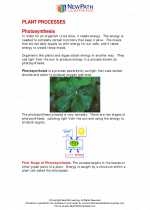 Plant Processes
Plant Processes  Activity Lesson
Activity Lesson Photosynthesis & Respiration
Photosynthesis & Respiration  Worksheet/Answer key
Worksheet/Answer key Plant Processes
Plant Processes  Worksheet/Answer key
Worksheet/Answer key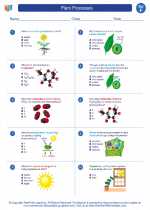 Plant Processes
Plant Processes  Worksheet/Answer key
Worksheet/Answer key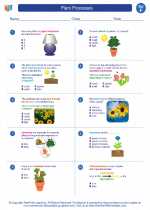 Plant Processes
Plant Processes  Worksheet/Answer key
Worksheet/Answer key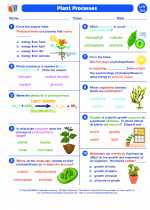 Plant Processes
Plant Processes  Vocabulary/Answer key
Vocabulary/Answer key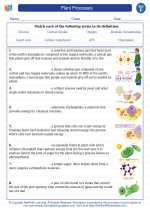 Plant Processes
Plant Processes  Vocabulary/Answer key
Vocabulary/Answer key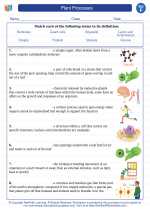 Plant Processes
Plant Processes 

 Activity Lesson
Activity Lesson
 Worksheet/Answer key
Worksheet/Answer key
 Worksheet/Answer key
Worksheet/Answer key
 Worksheet/Answer key
Worksheet/Answer key
 Worksheet/Answer key
Worksheet/Answer key
 Vocabulary/Answer key
Vocabulary/Answer key
 Vocabulary/Answer key
Vocabulary/Answer key

The resources above cover the following skills:
LIFE SCIENCE
From Molecules to Organisms: Structures and Processes
Students who demonstrate understanding can:
Construct a scientific explanation based on evidence for the role of photosynthesis in the cycling of matter and flow of energy into and out of organisms.